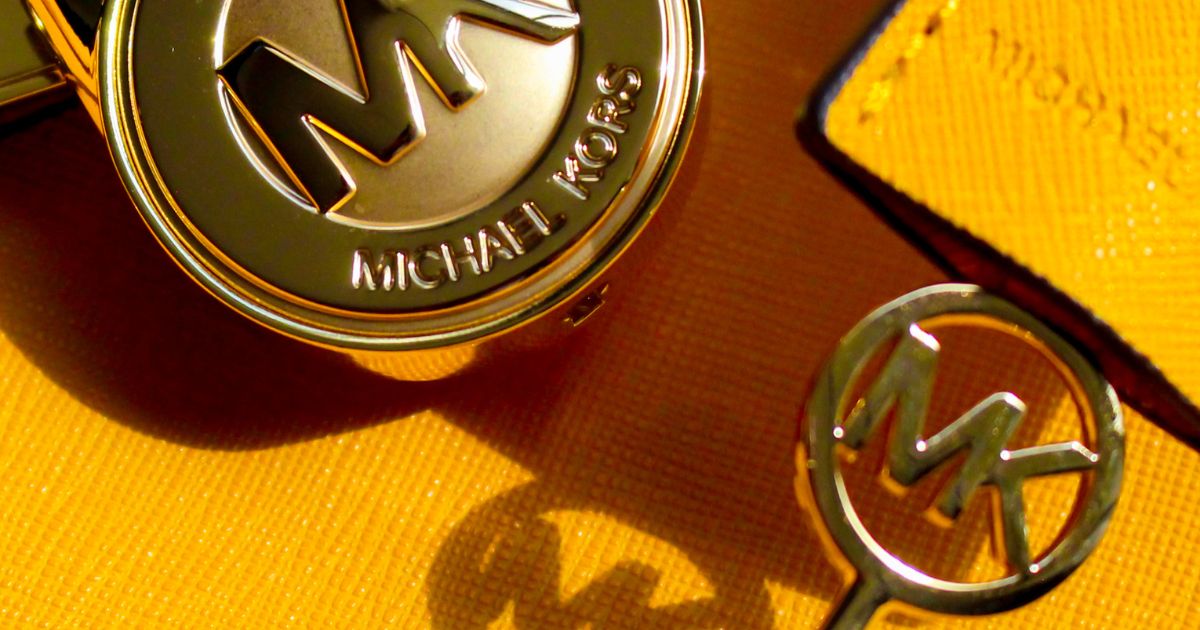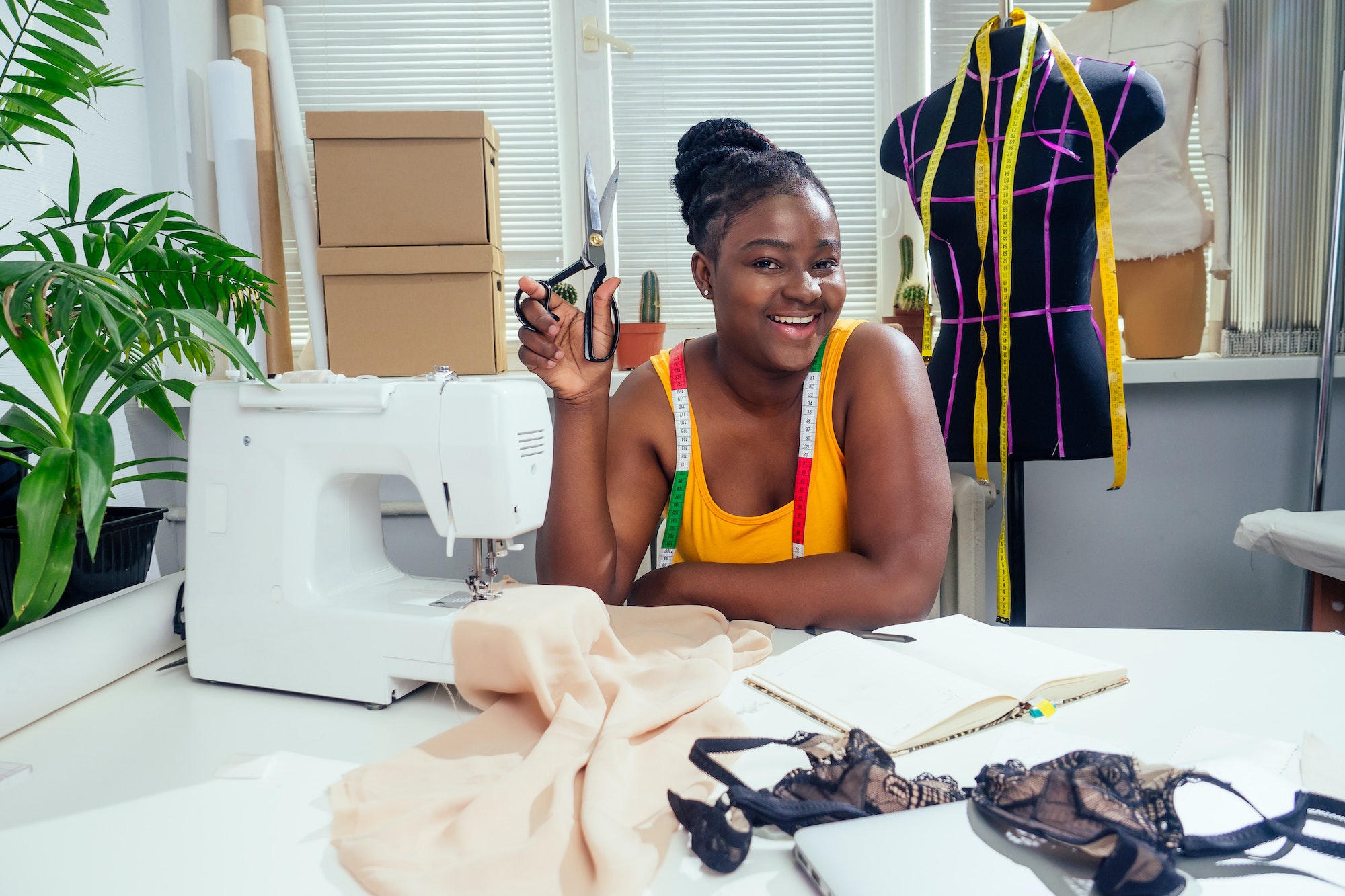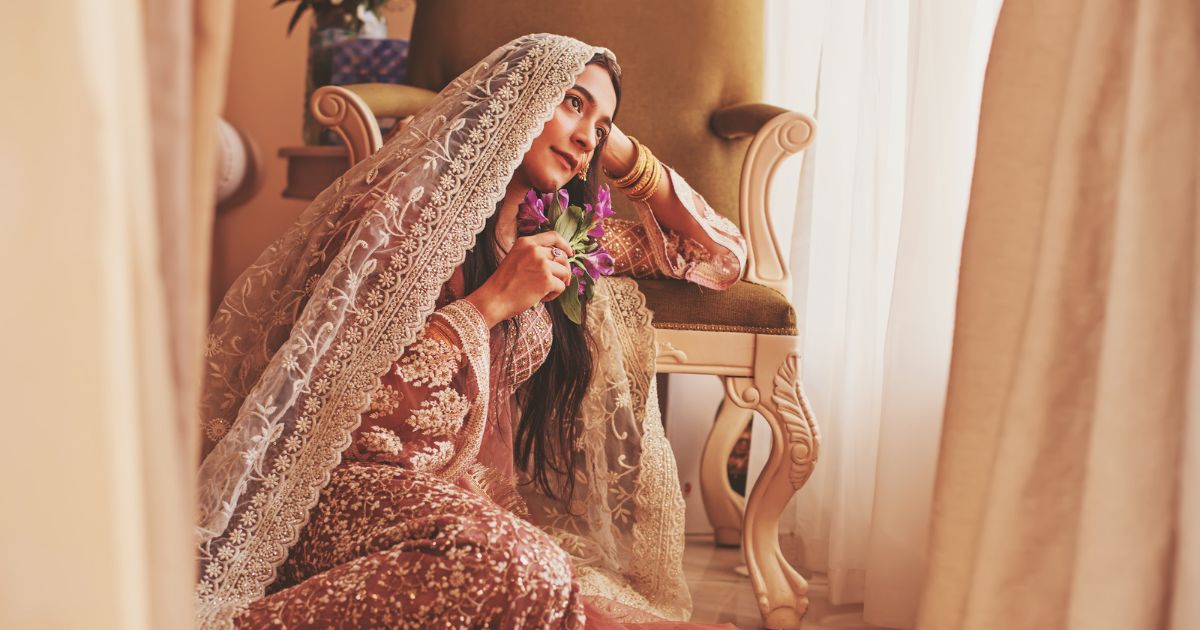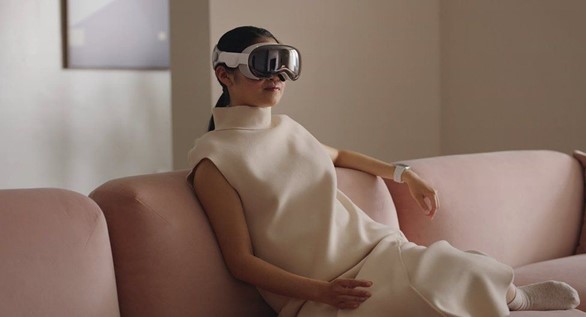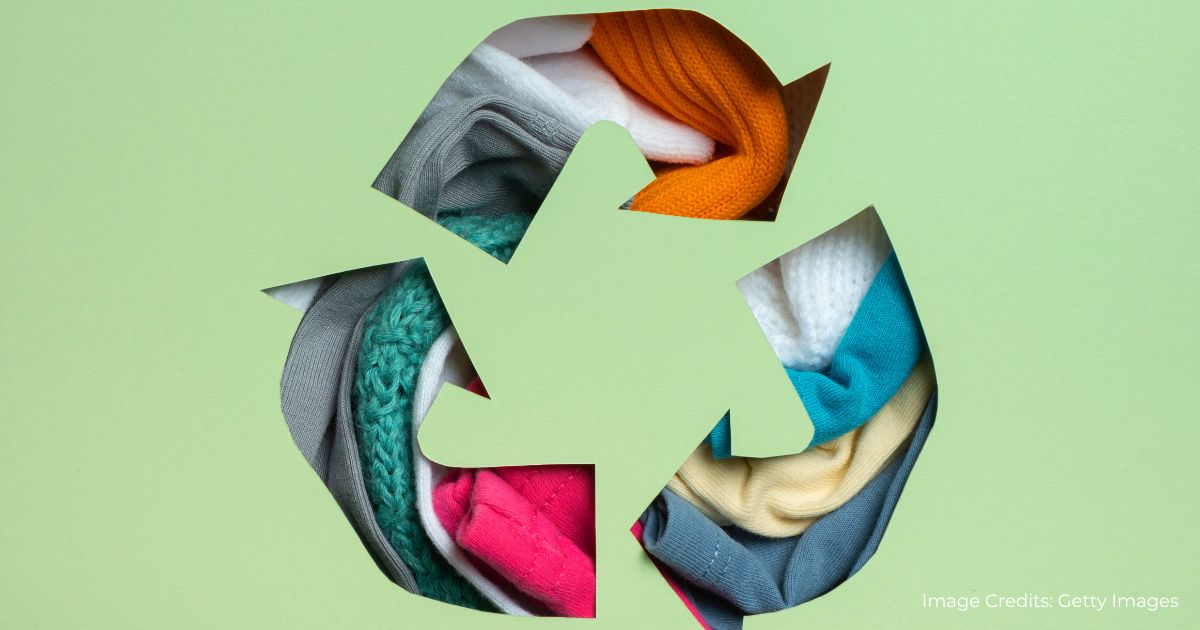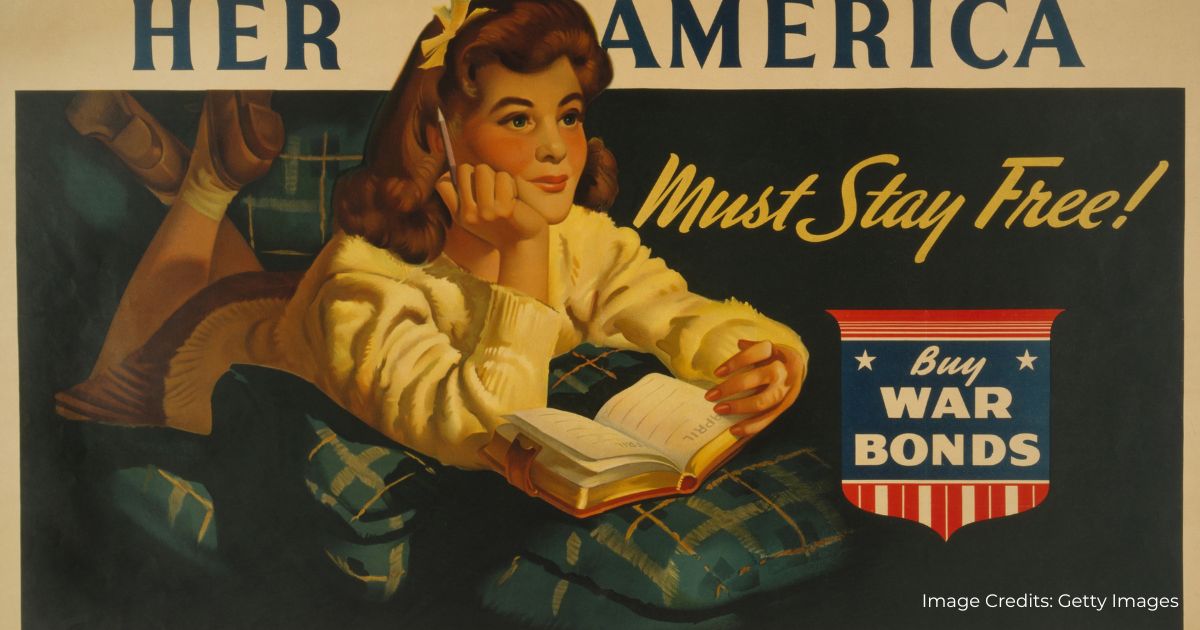For those in the fashion industry, Michael Kors, often referred to as MK, is a household name. While they may not have the same scale as some other high-end fashion brands, they possess a unique quality that sets them apart. Whether it’s their 10-ply cashmere, iconic geometric patterns, or the association with the jet-set lifestyle, MK embodies luxury and freedom. Their promise is to transport you to the life you were meant to live, a world of extraordinary experiences, where you mingle with the elite who govern the world’s luxury. Their products are not just clothing and accessories but a gateway to a lifestyle of opulence and glamour.
Created and established by Michael David Kors in 1981, Michael Kors women label at Bergdorf Goodman, the high fashion house has graced women like the former first lady of the United States of America, Michelle Obama during her first term at the white house, award-winning actresses and singers like Taylor Swift, Jennifer Lopez, Viola Davis, Kate Hudson and others. The high fashion label has also purchased Jimmy Choo Ltd for nearly 900 million dollars and Versace for 2.1 billion dollars post which it remained as Capri Holdings Limited.
Kors was the recipient of many awards including ‘The Council of Fashion Designers of America Womenswear Designer of the Year’ in 1999, ‘Menswear Designer of the Year’ in 2003 and the ‘Lifetime Achievement Award’ in 2010.
The New York – London company boasts an annual revenue of nearly 4 billion dollars as of 2022, having over 1,200 stores all across the world and employing nearly 15,000 employees across the world. Recently celebrating 40 years in the industry, Michael Kors has certainly left a deep mark in the high fashion industry.
The high fashion label, in India, has stores in Delhi, Mumbai, Kolkata and Bangalore lead by Tarun Puri, the Institute of Management Technology, Ghaziabad graduate who currently is a senior vice president at Reliance Brands Limited who is a franchisee partner of MK in India.
As previously mentioned, Michael Kors epitomizes the jet-set lifestyle, embodying the essence of opulent travel and luxury experiences. Their iconic geometric designs are immediately recognizable and serve as a reminder of the finer things in life. From bags, shoes, and accessories for men, women, and children, each adorned with the signature design and unparalleled quality, to jackets, T-shirts, and trousers for men that showcase simplicity and superior craftsmanship, and custom-made dresses and outfits for women that exude elegance and perfection. MK’s product line offers a wide range of options for those seeking luxury and sophistication in every aspect of their lives.
Their wide variety of products should not be mistaken for a lack in quality, their 10-ply cashmere accessories and dresses, studded leather bags and shoes, linen shirts and gold-tone watches are quality by design and make, no comprise anywhere.
For the purpose of this article, we will be diving into the Michael Kors bags.
The MK bags come in colours depending on the season and on the other hand, they have their classic signature bags which comes in the shades, Vanilla (Cream Color), Acorn Brown (Chocolate Brown) and Black. Further, these shades come in two variants of prints, one with the ‘MK’ monograms and those without it.
It is very much essential to note that their classic shades of Vanilla, Acord Brown and Black are also vital to many other luxury brands out in the market, for example, Louis Vuitton who have the same dual shade of brown (commonly seen in the Damier Ebene) in their leather goods since its year of establishment, 1854.
But how does Michael Kors remain standing in the market without being confused with the others? How do luxury fashion brands maintain their trademark unique in situations where there are close deceptive similarities? This is where a non-conventional trademark comes into the picture.
A Non-Conventional trademark is one which doesn’t belong to any convention or statutorily recognised marks such as letters, numbers, logos or those elements which consist of the combinations of such elements. Non-Conventional Marks include color marks shape marks, smell marks, sound marks and pattern marks.
Michael Kors is a luxury brand that has cleverly utilized color marks to distinguish itself in the market. By incorporating shades of brown, white, and black in combination with its iconic monogram, the brand has created a distinctive and instantly recognizable aesthetic. This unique color scheme has become synonymous with the Michael Kors brand and has helped it to establish a strong presence in the luxury market.
Colour being the first to be recognized by an individual, it is the most prudent form of first impression one can form a connection with the goods or service. Therefore, a colour mark can come in the form of a single colour or a combination of colours, brands are granted the registration of a colour mark only upon it having acquired distinctiveness due to its trade in the market.
The European Court of Justice previously pointed out that it is not usual for one to identify a product based on colour alone and it would be anti-competitive in such situations to grant a trademark for single colours to one particular brand as the range of colours available to the world are limited and it would be anti-competitive to grant trademarks for single colours due to this limitation.
In European and United States, an International Color standard called the Pantone colour system is a universal language that enables color critical decisions through every stage of the flow.
Bringing to light, the famous luxury brand that is often compared with Michael Kors on numerous grounds, Louis Vuitton, who continues to fight for the protection of Louis Vuitton’s Damier Azur(checkerboard pattern). It has submitted a substantial amount of evidence in terms of sales figures, market share data and invoices relating to the Damier Azur pattern, it had photos of celebrities like Cameron Diaz, Victoria Beckham, Kanye West and Paris Hilton carrying leather goods bearing the sign to prove that Louis Vuitton’s Damier Azur could be recognised as a well-known trademark due to its extensive use in the EU. The court ruled that they are merely just a combination of colours and there is a lack of uniqueness in that pattern enough for the company to be granted a trademark and gain an advantage over that pattern in comparison to other brands.
When it comes to the use of colors in trademarks, it can be challenging to determine how much is enough to establish distinctiveness and gain recognition as a well-known trademark in the luxury fashion industry. The courts will consider various factors, such as the degree of association between the color(s) and the brand, the length of time the color(s) has been used in association with the brand, and the extent of use and promotion of the color(s) in connection with the brand.
If a brand is successful in obtaining recognition of a particular color or combination of colors as a distinctive character and term of their well-known trademark, it can provide a significant advantage in the market. However, it may also raise concerns about the potential impact on products of other brands that are already on the market.
[1] BORRELLI-PERSSON, (2021). Michael Kors at 40! A Celebration of the Designer’s Life in Fashion | Vogue. [online] vogue.com. Available at: https://www.vogue.com/article/michael-kors-40-anniversary-a-timeline-of-the-designer-s-life-in-fashion
[2] Michael Kors | BoF 500 | The People Shaping the Global Fashion Industry. [online] businessoffashion.com. Available at: https://www.businessoffashion.com/community/people/michael-kors
[3] Puri, T. Tarun Puri | LinkedIn. [online] linkedin.com. Available at: https://www.linkedin.com/in/tarun-puri-7916a99/?originalSubdomain=in







